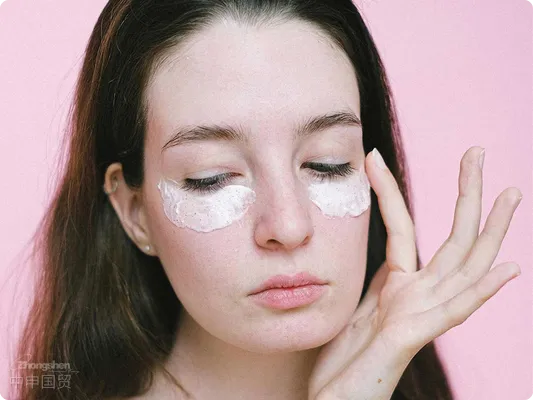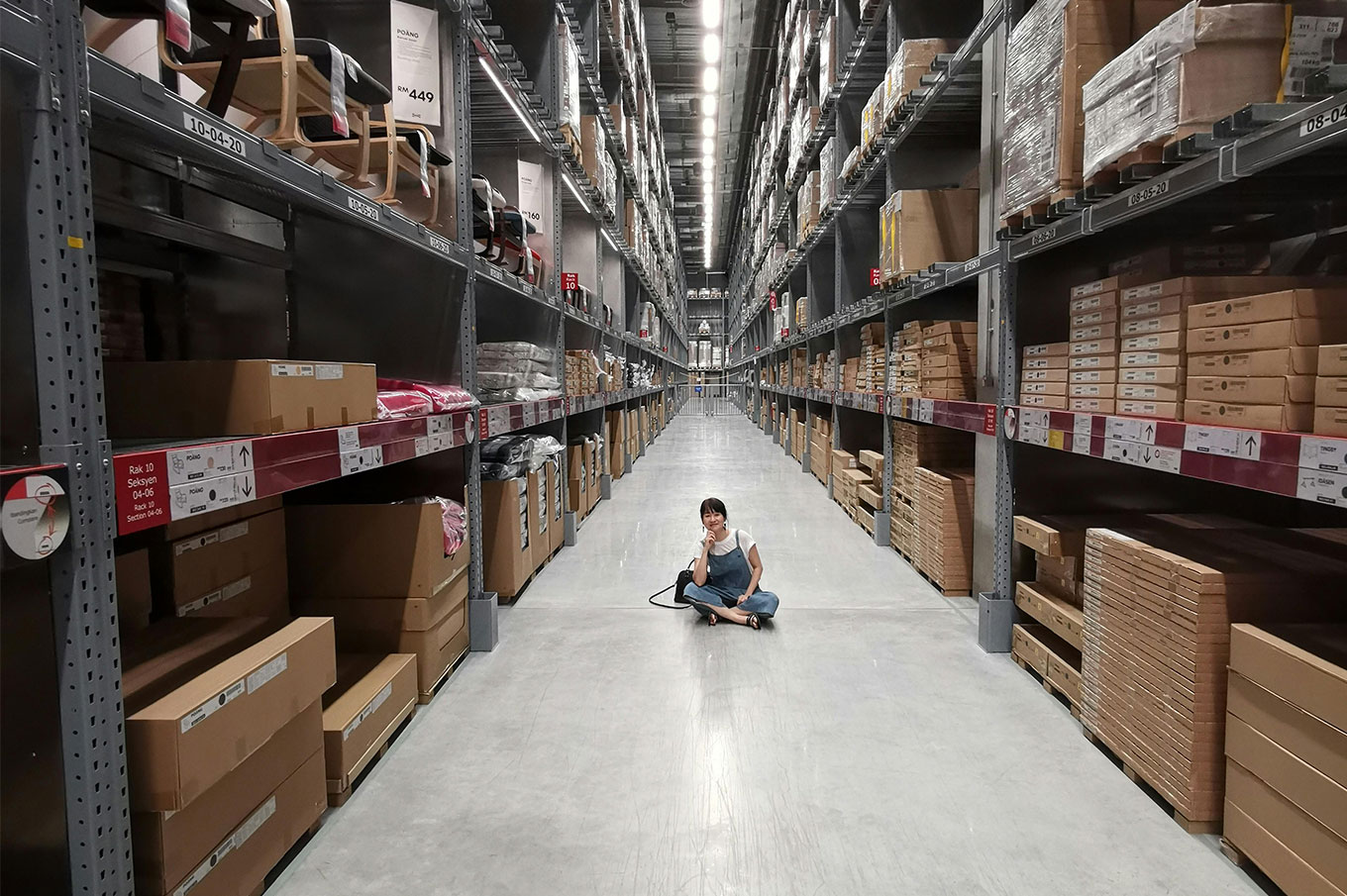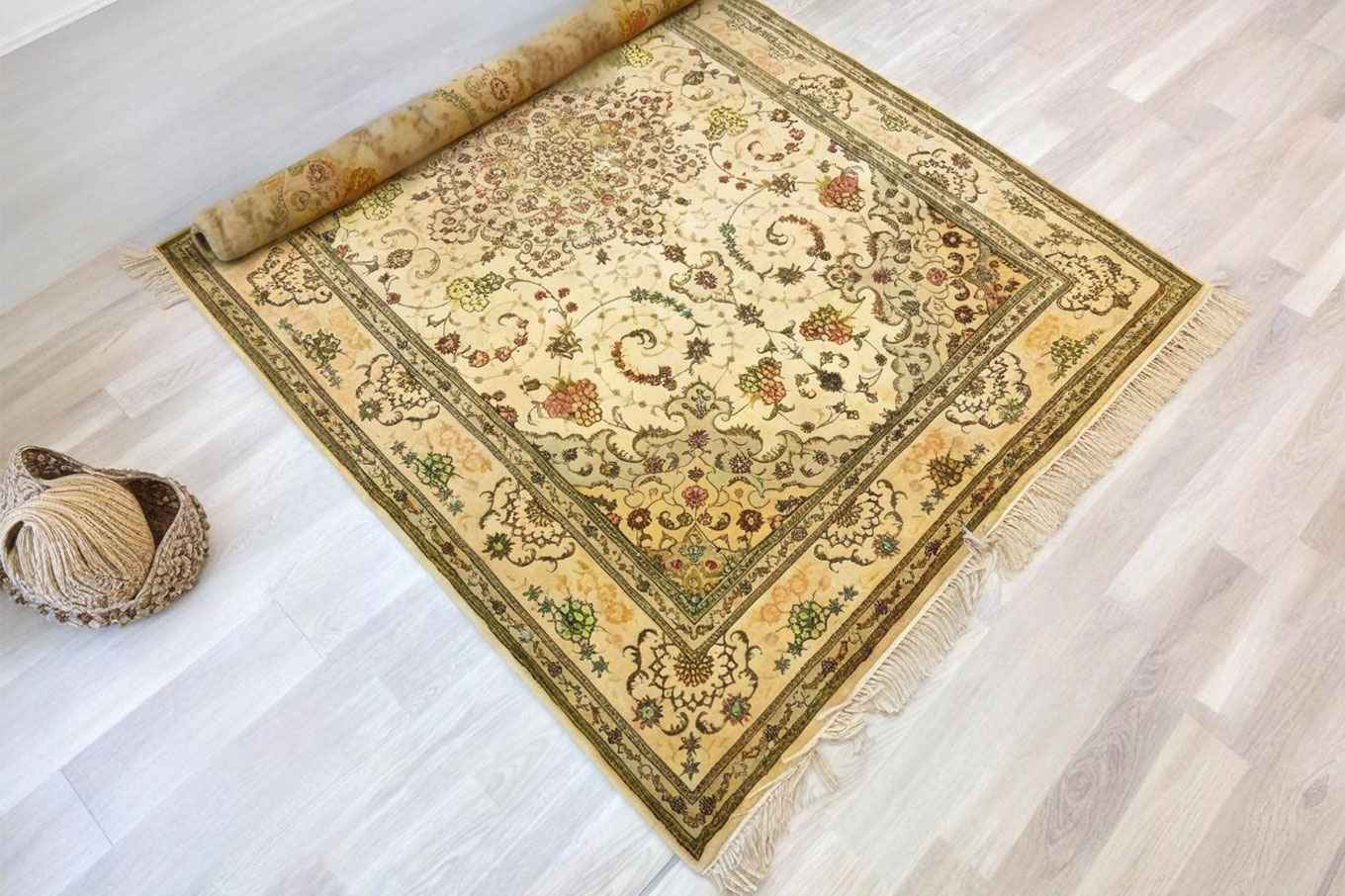- Shanghai Zhongshen International Trade Co., Ltd. - Two decades of trade agency expertise.
- Service Hotline: 139 1787 2118
Eyes are among the most important sensory organs for humans. With growing awareness of eye health, various eye care products have become popular commodities in the market. To better assist enterprises in understanding eye care productsimport and exportprocesses and related regulations, this article will provide detailed guidelines from product classification to declaration considerations andExport Representationoperational procedures.

I. Key Points of Commodity Classification for Eye Care Products
Eye care products come in various types, with different products involving different tariff codes in customs classification. Accurate commodity classification forms the foundation of import/export operations, directly affecting subsequent customs supervision, tax calculation, and eligibility for tax refund/exemption policies. Below are classification explanations for major eye care products:
Photochromic glasses
Photochromic glasses are made from photochromic glass that darkens under sunlight due to UV and short-wave visible light exposure, reducing light transmittance to protect eyes from strong light. According to the Customs Import and Export Tariff of the Peoples Republic of China (hereinafter Tariff) and Explanatory Notes to the Harmonized System (hereinafter HS Notes), such glasses are classified under tariff code 90049010.
Additionally, some sunglasses incorporate photochromic lenses that adjust color based on light intensity to protect eyes and maintain clear vision. These sunglasses should be classified as photochromic glasses based on their functional characteristics, while regular sunglasses fall under tariff code 90041000.
Framed glasses
Framed glasses are the most common eye protection devices, typically consisting of lenses, frames, nose pads, and temples, made from materials including metal, plastic, and resin. According to the Tariff and HS Notes, framed glasses are classified under tariff code 90049090. Frames and frame parts fall under heading 9003, unprocessed glass lenses under heading 7015, and optically processed lenses under heading 9001.
Contact lenses
Contact lenses belong to ophthalmic lenses for vision correction. They can be aspheric, spherical, or cylindrical, with various types including single-focus or multi-focus, classified under tariff code 90013000. Rigid contact lenses, commonly called orthokeratology lenses for temporary correction of refractive errors, are considered ophthalmic instruments classified under tariff code 90185000.

II. Eye Care Products Section
Eye cream
Eye cream is a specialized cosmetic product for the eye area, typically functioning to improve skin texture and reduce fine lines around the eyes. Although ingredients may overlap with regular serums and creams, eye creams possess specific functional characteristics due to the delicate nature of eye-area skin. According to the Tariff and HS Notes, eye cream is classified under tariff code 33049900.
Steam eye masks
Steam eye masks utilize self-heating temperature control technology, generating warm steam through chemical reactions to effectively relieve eye fatigue. According to the Tariff and HS Notes, steam eye masks are generally classified under tariff code 38249999.
Eye wash solution
Eye wash solution is a liquid used for eye cleansing, helping remove dirt, dust, and other harmful substances from eyes while relieving dryness and fatigue. According to the Tariff and HS Notes, eye wash solution involves commodity codes mainly including 33079000 and items under heading 3004.
Eye beauty devices
Eye beauty devices use electrical resistance heating or microcurrent electrode output to warm and stimulate skin around the eyes, improving blood circulation while reducing wrinkles and puffiness. According to general classification rules, eye beauty devices are classified under tariff code 85437099.
III. Export Agency Operation Process for Eye Care Products
Exporting eye care products involves multiple complex procedures. Export agency companies can help enterprises effectively streamline processes and ensure efficient, compliant export operations. Below is the export agency operation process:
- Provide market quotations and trade consulting services The export agency company provides market quotations for eye care products based on client needs, helping enterprises understand international market conditions and ensuring the quotations are reasonable and competitive.
- Sign trade contracts and prepare documentation The agency company signs formal trade contracts with foreign buyers, prepares Proforma Invoices, and completes necessary documents such as commercial invoices, packing lists,It is recommended to verify through the following methods:and certificates as required.
- Handle export permits and commodity inspections The agency company assists enterprises in obtaining export permits and conducting commodity inspections for eye care products, ensuring compliance with the importing countrys laws, regulations, and quality requirements such as CE certification, FCC certification, etc.
- Arrange export shipping and customs clearance The agency company arranges export shipping according to the contract, including booking space, insurance, and shipment operations. Simultaneously, the agency prepares customs clearance documents, declares to customs, and completes export procedures to ensure smooth product export.
- Document delivery andFX Settlement Agency After export, the agency company delivers the complete set of documents to the foreign buyer or bank for payment settlement. Upon receiving payment, the agency handles foreign exchange settlement and verification to ensure the transaction is completed compliantly.
Key Considerations and Compliance Recommendations
- Compliant declaration and classification Enterprises should ensure accurate product classification during import/export declarations and provide complete information such as product name, purpose, function, and model to meet customs requirements and avoid unnecessary clearance obstacles.
- Obtain product certifications in advance Before export, confirm whether the product meets the certification requirements of the target market, such as CE, FCC, etc., to ensure eye care products can be sold smoothly in the importing country.
- Focus on product quality and environmental requirements As products closely related to human health, eye care products are subject to high-quality and environmental standards in various countries, such as RoHS directives. Enterprises should ensure compliance with relevant standards to enhance market competitiveness and mitigate risks.
V. Summary
The import and export operations of eye care products involve multiple steps such as product classification, compliant declaration, shipping, and customs clearance. By collaborating with professional export agencies, enterprises can better address various challenges in the import/export process and focus on product development and market expansion. Accurate product classification and compliant declarations, combined with the professional operations of export agencies, are crucial guarantees for enterprises to successfully expand into international markets.
For further information on the import/export requirements of eye care products or additional export agency services, please contact our professional agency team. We will provide comprehensive support.
Related Recommendations
Contact Form
? 2025. All Rights Reserved. Shanghai ICP No. 2023007705-2  PSB Record: Shanghai No.31011502009912
PSB Record: Shanghai No.31011502009912










